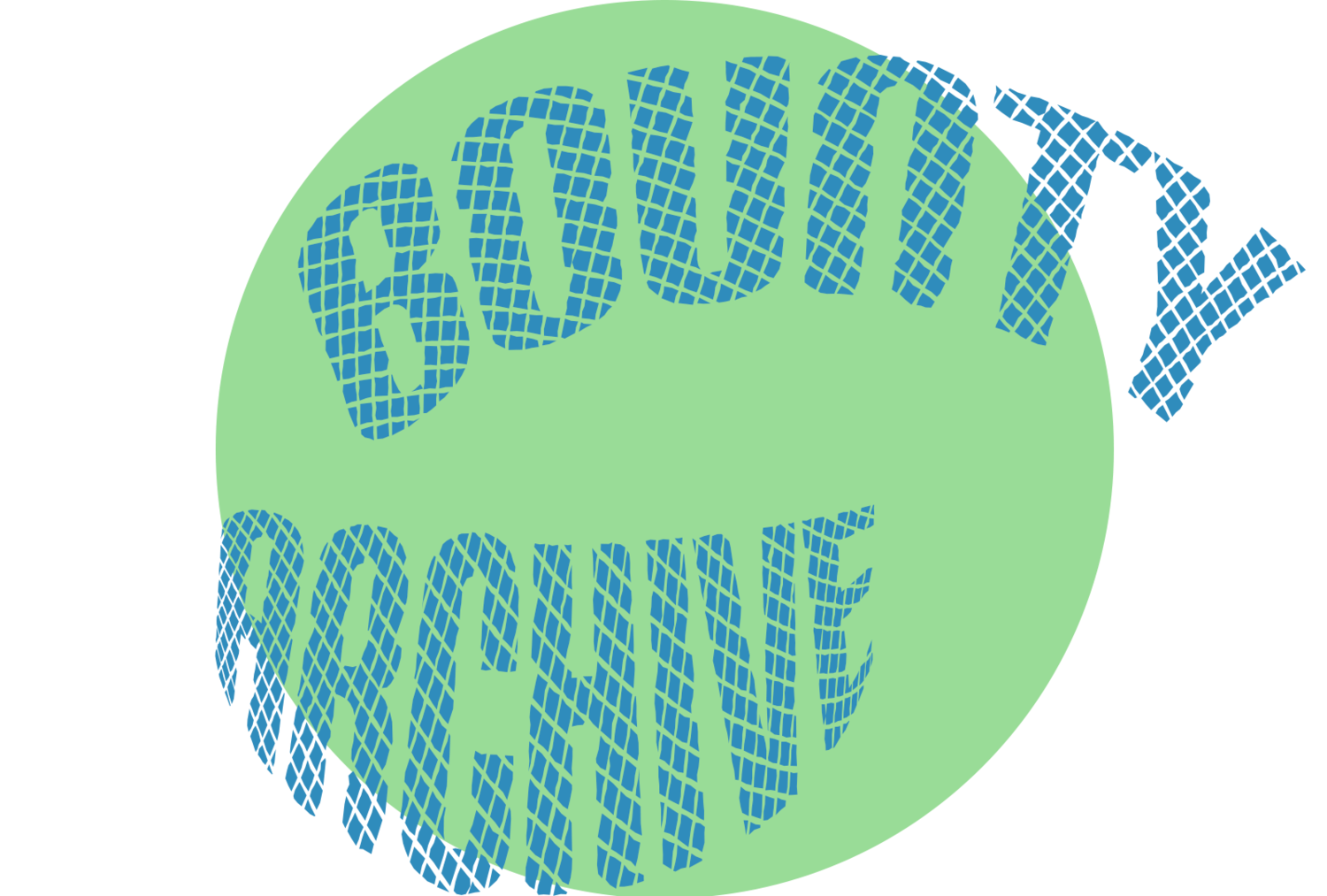Fruit Stickers
Logging Fruit Stickers
Somewhere at home, in a blown-out shoebox or a rotund, creased, envelope, every skateboarder has a sticker collection. Between skaters, stickers are a value-less social currency. Bent and peeled under the weight of one-another, stickers from magazines, skateshops, and t-shirt tags only see the light of day when the box is opened to cram a few more in.
Perhaps it was this same spirit that moved me to begin saving fruit stickers.
The fruit sticker - or more broadly, produce sticker - becomes an interesting medium when you consider the motive of the designer. I determined that every fruit sticker exists somewhere in a matrix of the following two factors:
Artfulness: To what extent does the design aim to entertain, establish unique branding, or possess superfluous visual elements?
Utility: To what extent does the design achieve the fundamental purpose of communicating information to supply chain members and consumers?
After many restless evenings in my laboratory pouring over the data, S.A.U.M was born.
S.A.U.M
S.A.U.M [Sticker Artfulness Utility Matrix] is a breakthrough analytical framework allowing for comparison of the design merits of produce stickers. S.A.U.M is readily understood by the common man and scholarly professionals alike. I encourage all readers to explore this graphic by zooming in.
A Sample S.A.U.M featuring 50 produce stickers chosen somewhat randomly.
S.A.U.M will elevate our collective knowledge of fruit stickers just as the Hubble Telescope did with the stars. My team of paid interns have already made some striking discoveries.
Some stickers are pleasant to look at, but shamelessly have little to say informationally [Exhibit B].
Exhibit B
Others throw artistry to the wayside, asserting a purely technical approach of function over form [Exhibit C]. I find these to be amongst the most noble.
Exhibit C
It wasn’t long before I became buried in my studies. These vinyl fingerprints had taken-over considerable real estate on my fridge. A lack of organization began to cloud my focus.
That is why before sending them back to their prestigious international universities, I opted to have my interns move the stickers from my fridge to a small notebook and log all of the data in a spreadsheet. 150 fruit stickers were collected during the sample period. I figured this an apt milestone to look back and see what conclusion could be drawn from my collection.
Sample of Data Log
Sample Period: Oct 5, 2020 - Feb 15, 2022
Methodology: The dataset and corresponding infographic charts do not reflect “all fruit and vegetables that I consumed over the sample period". Rather, the data establishes a chronological record of unique produce stickers that I encountered over the sample period. I undoubtedly encountered the same sticker multiple times. In fact I often would purchase 2 or 3 fruit bearing the same sticker in one transaction. My objective was to log only new stickers that I had not yet seen.
Over the course of this experiment, I’m proud to say that the majority of my produce came from my friends at Stanton Street CSA and the Tompkins Square Greenmarket. However, no matter how verdant the acreage, or how adorable their weekly newsletter, my favorite local farmer isn’t plucking juicy citrus fruits or avocados from the Hudson Valley.
Accordingly, these are exactly the fruit stickers that I encountered most during the sample period: Avocados and Oranges.
Oranges and Avocados represent 21% and 12% of total fruit stickers collected, respectively.
Environmental Harm of Fruit Stickers
This experiment would be nearsighted if I failed to reflect upon the environmental implications of fruit stickers. If you are wondering “Are fruit stickers bad for the environment?”, the answer is yes. Fruit stickers are plastic waste. Whether they are thrown in the trash or accidentally composted, they will look the same for several dozen generations. The world would be a better place without them. This view is vaguely contested by the company that governs these stickers, IFPS (International Federation for Produce Standards). IFPS limp-wristedly states in on their “Sustainability” page:
“Many of the individual components that make up a PLU sticker can be either recyclable and/or compostable. However, as a composite, PLU stickers are difficult to recycle and/or compost. In fact recyclers see pressure sensitive labels as contaminate to the recycling process.”
I’ve reached IFRS asking what steps they’re taking to reduce the proliferation of plastic waste, as a company that produces plastic waste exclusively. I have not received a reply.
I will share any correspondence that we may have, and I will continue to log unique produce stickers as I accumulate them.





